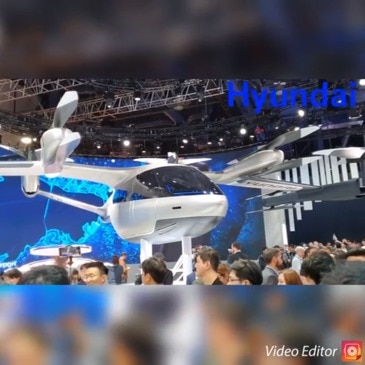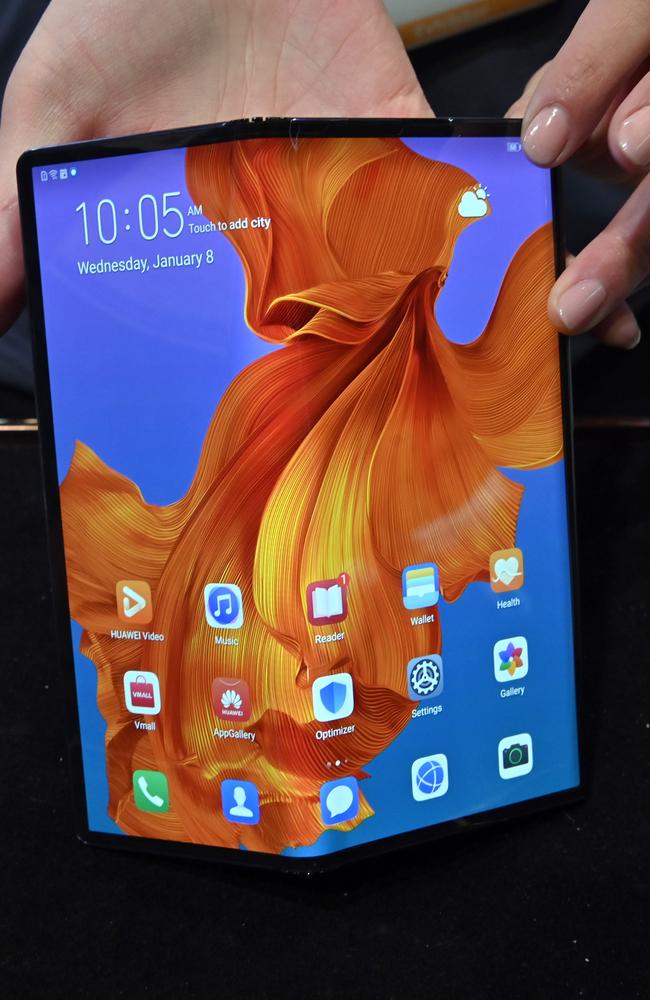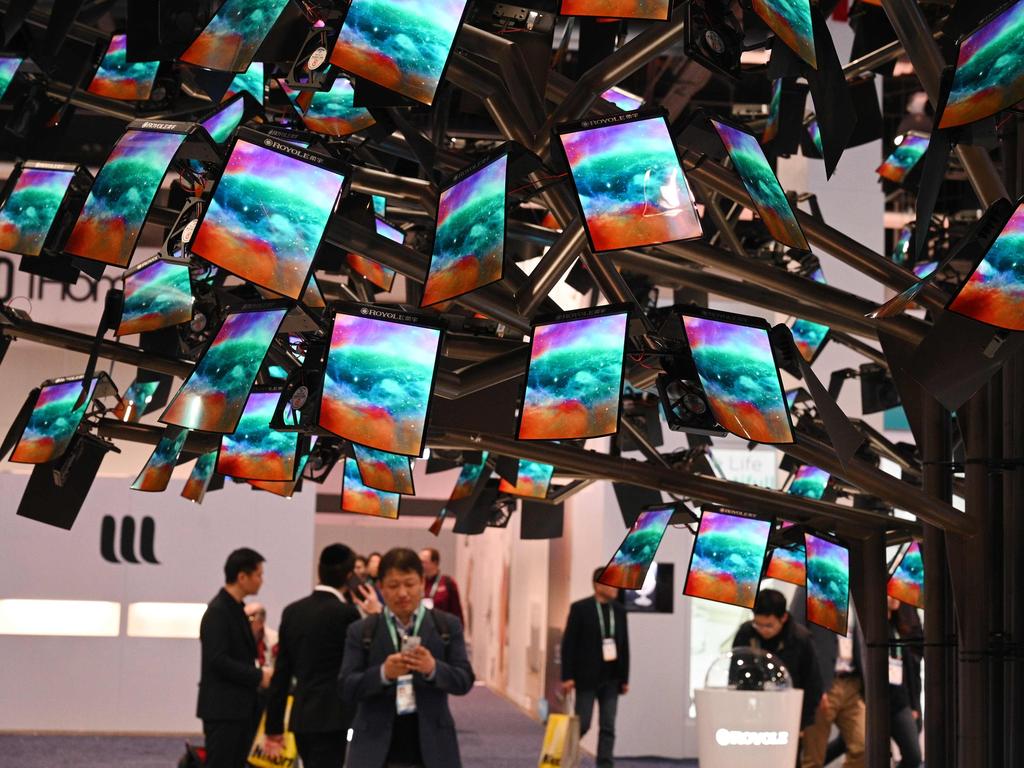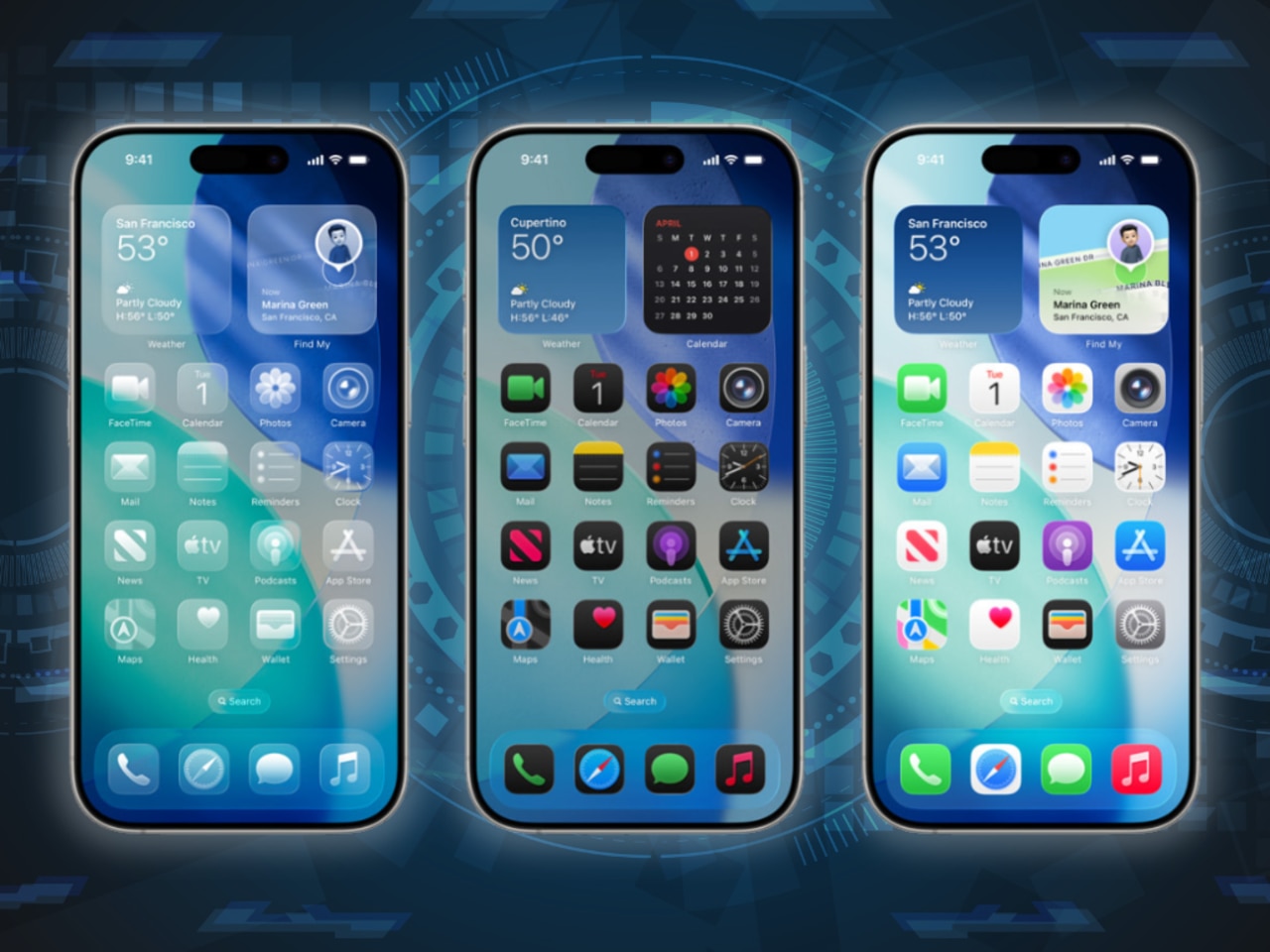CES 2020: Foldable devices all the rage but Samsung still the only one capturing the emerging market
Amid the mild advances in televisions and computers, brands are looking towards one big change to devices as a new innovation driver.

Foldable devices are debuting at the Consumer Electronics Show (CES) as brands race to compete with Samsung, so far the only company to have a widely released folding device.
Samsung unveiled its Galaxy Fold smartphone at its own special Unpacked event last year shortly after CES had been and gone.
While that phone was kneecapped before its initial intended launch date as review devices malfunctioned and broke, it did eventually make it into some markets in the latter half of 2019.
Despite costing almost $3000, The Galaxy Fold sold out within hours when it was launched in Australia, indicating that there is something underneath all the hype and consumers are interested in the idea.
Unfortunately the highly anticipated Motorola RAZR revival hasn’t made an appearance but foldables from Huawei, TCL, Dell and Lenovo have made their way to one of the biggest events on the technology industry’s calendar.
It’s also possible we’ll see others shown off at the upcoming Mobile World Congress.
RELATED: Huawei looks to outdo rivals with foldable 5G smartphone
RELATED: Samsung’s expensive foldable phone is already breaking
RELATED: Motorola Razr returns to take over the foldable smartphone market
Huawei’s Mate X is already on sale in China (not that anyone there can actually get one, Huawei reps assuring us it’s completely sold out).
Like the Galaxy Fold, Huawei’s device is designed to unfold horizontally, turning the phone into a tablet.
When folded the Mate X is still fairly larger than the Galaxy Fold, but also has a bigger display, and the differences in form factor don’t stop there.
Huawei relies on a button to release the panel and allow it to be expanded. While this makes it easier to unfold it does feel a little dated on such a futuristic phone.
We can’t speak for the production model Mate X, but the one shown at CES managed to get past the issue the Galaxy Fold had when unfolded, where a (not obvious, but noticeable) vertical strip of light leaks through the plastic OLED display.

Unfortunately we can’t say whether the newly announced model from TCL will have a similar issue, as the one being displayed in its booth is locked down in a display case, which also prevented us getting our grubby mitts on it to test how it folds and feels in the hand.
It also appeared to be a dummy prototype and not actually a working model.
The intent is to showcase the mere fact that TCL is interested in and developing the technology.
It’s unlikely we’ll see it on the market this year, but we won’t rule it out entirely.
But it’s not just phones that are now being folded.
Dell and Lenovo both showed off foldable PCs, designed to bridge the gap between laptop and tablet.
One of the key adjustments for consumers will be to become accustomed to typing on an onscreen keyboard, which is serviceable on a phone but for real work can be a little troublesome.
Sure they could connect a Bluetooth keyboard if needed but if the whole point of the device is to replace two others it’s a hard sell to then say you need accessories for it to be workable.
Regardless of that speed bump the brands are forging ahead.
Lenovo came to Australia last year to show off the concept to media, but it too was a non-working prototype.
Now the company is ready to go to market with the ThinkPad X1 Fold expected to release in select markets later this year.
The ThinkPad name signals the company’s intention, it’s not looking at this as a gimmick product to test the waters, it’s invested in it as a future form factor if its willing to put the revered and respected ThinkPad brand on it.
The 13.3-inch folding OLED display is intended to provide greater flexibility for users, folding up for reading magazines or reports on the train and unfolding for use as a full-fledged laptop computer.

Dell is also throwing its hat in the ring with a similar approach as TCL, showing off a foldable device called Concept Ori, with a 13-inch display.
Concept Ori is intended to provide a seamless solution to the other concept it took to CES, the Concept Duet dual screen laptop made up of two 13.4-inch displays that fold together like a normal laptop when not in use. The idea behind the Duet is to have one screen for display and another than can be used for touch and pen inputs, giving you greater multi-tasking abilities and more screen real estate.
Dell warns the concepts might never be commercially available, but it doesn’t require too large a stretch of the imagination.
Unlike the automotive industry it now seeks to take over (as has become even clearer at this year’s CES), the tech industry has a pretty good track record for making good on their concepts.
Like Lenovo, Dell will also have to wait for Microsoft to release Windows 10X, a version of the operating system designed to run better on foldable devices like Microsoft’s dual screen Surface Neo before the devices can reach their full potential.
Microsoft has also previously announced the dual-screen Surface Duo, taking the multi-tasking ethos of Dell’s Concept Duet to smartphones, which is what the Duo is regardless of whether Microsoft will deign to call it that.
Having spectacularly crashed out of the mobile market one could understand why they’d be hesitant to admit they’re trying again, not that they should be too heavily ridiculed for doing so.
LG has also opted for the dual-screen form factor on its ThinQ G8X device.
As foldables mature, there’s a possibility one of these approaches could win out over the other, but the market for both form factors and their slightly different but still subject to personal preference nature should be big enough to sustain them both.
CES is an annual trade show held in January at the Las Vegas Convention Center in Las Vegas, Nevada. The event typically hosts presentations of new products and technologies in the consumer electronics industry.
The reporter travelled to CES with the assistance of LG and TCL



